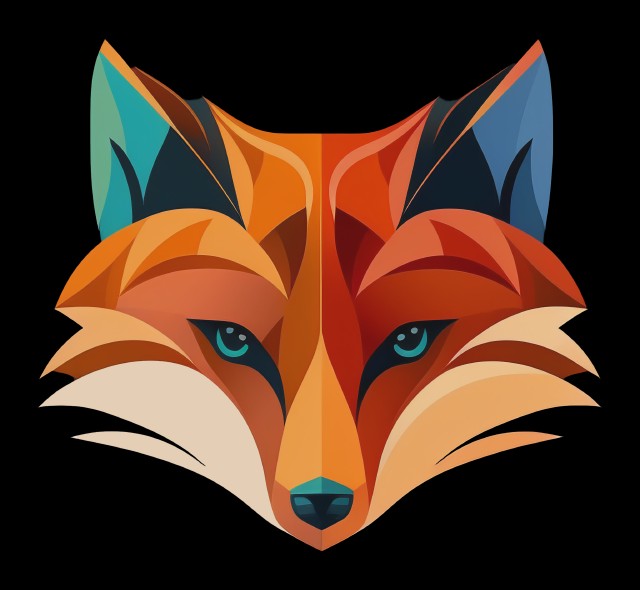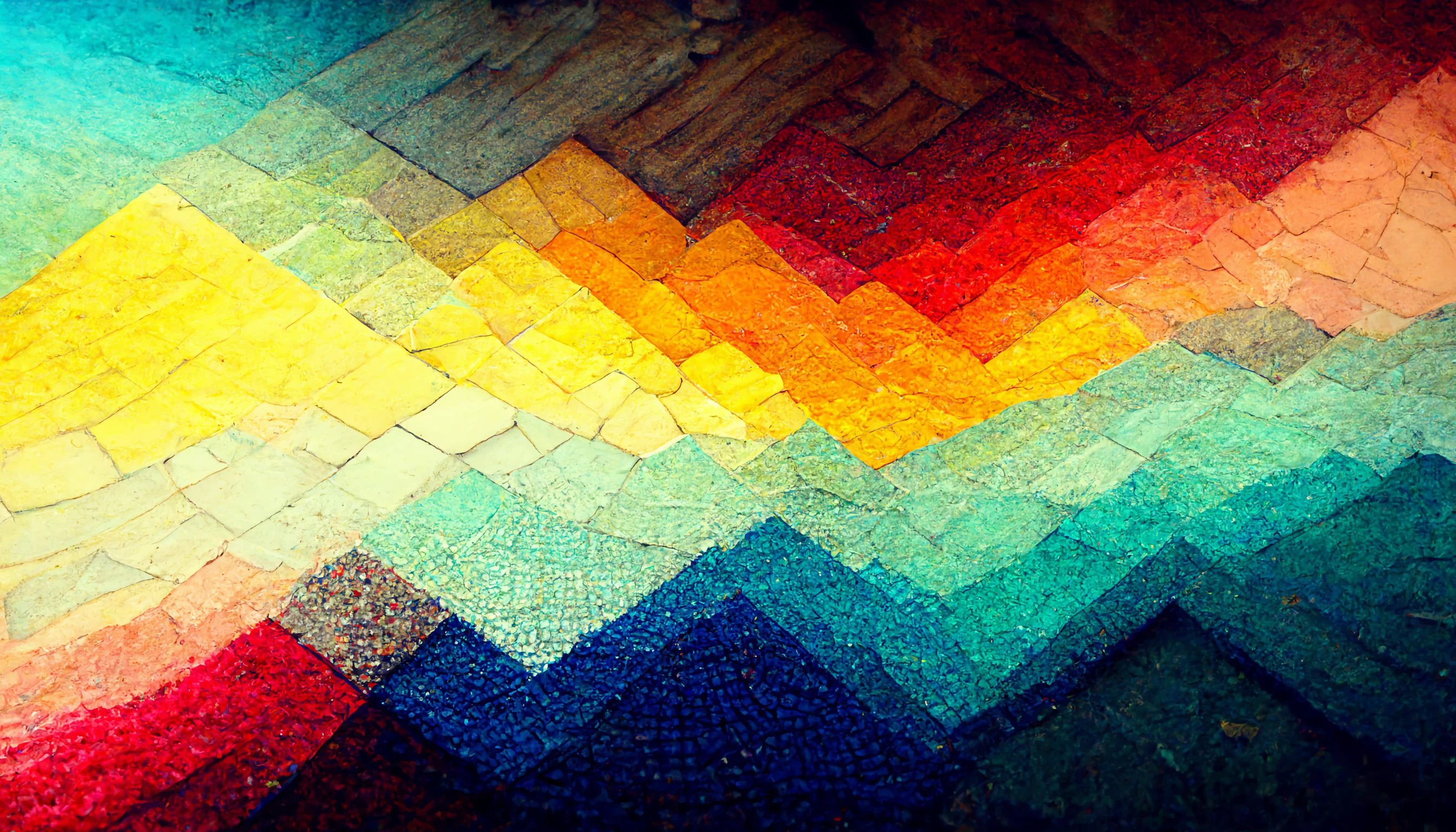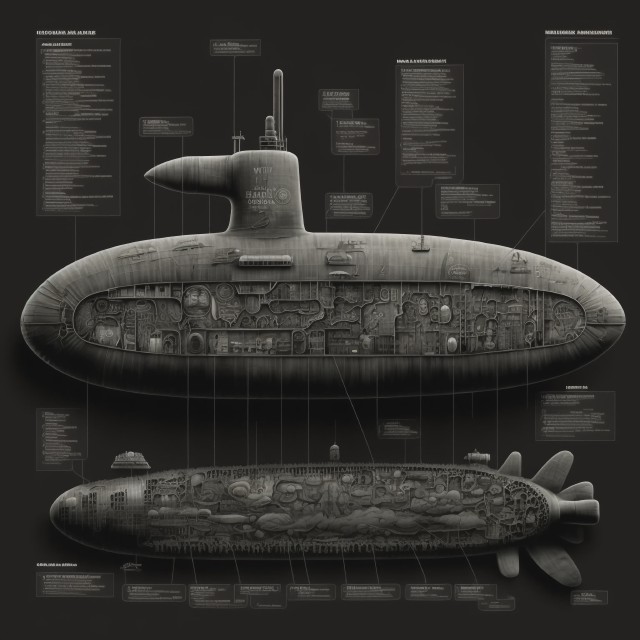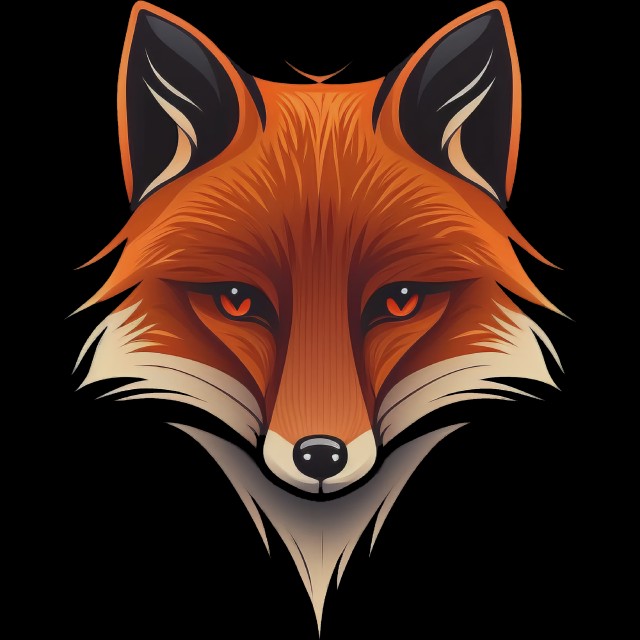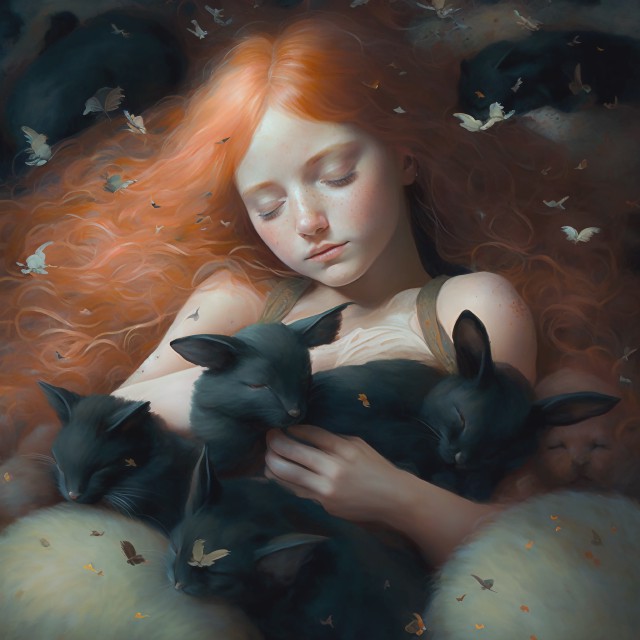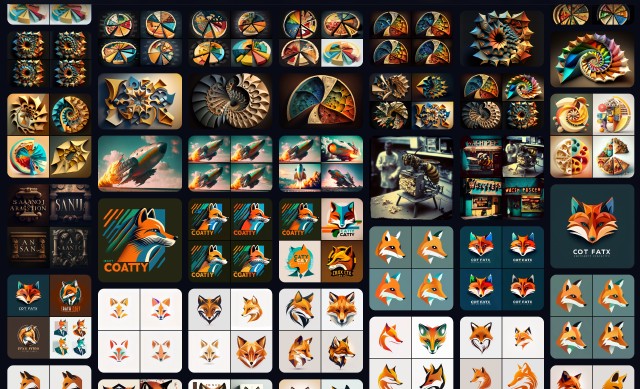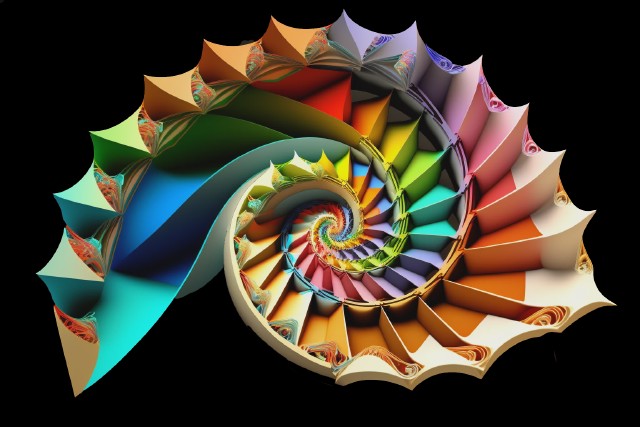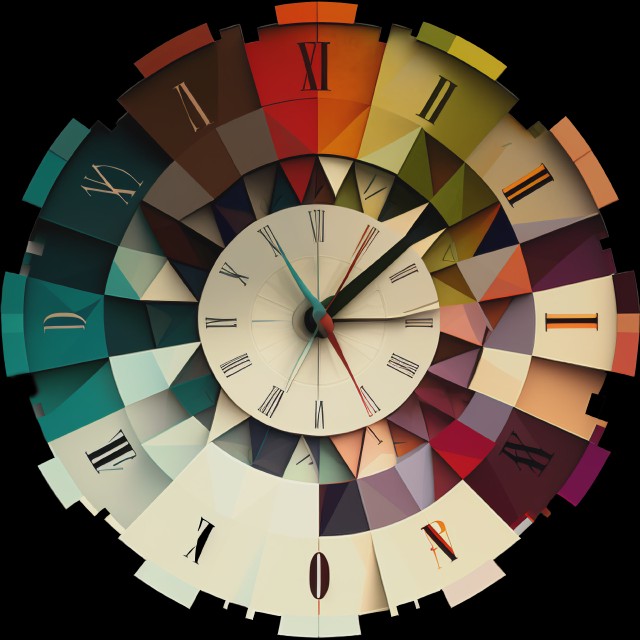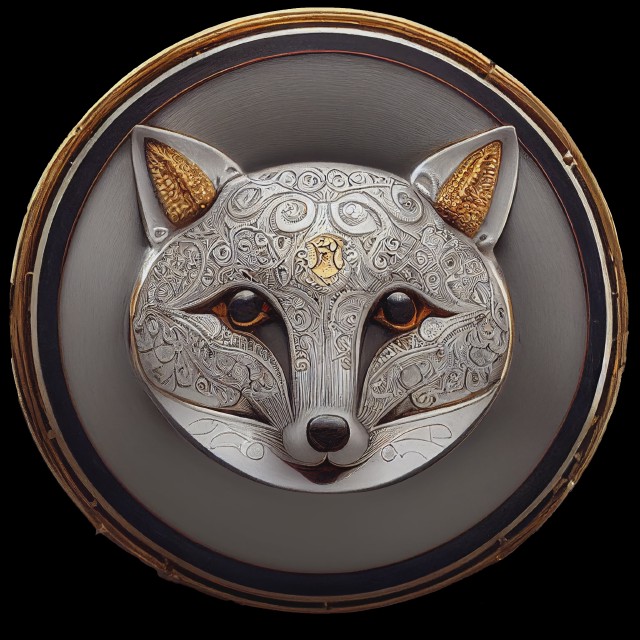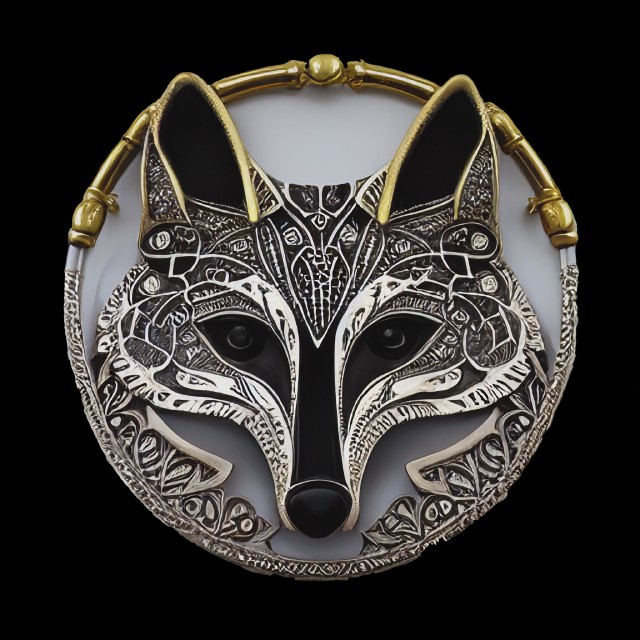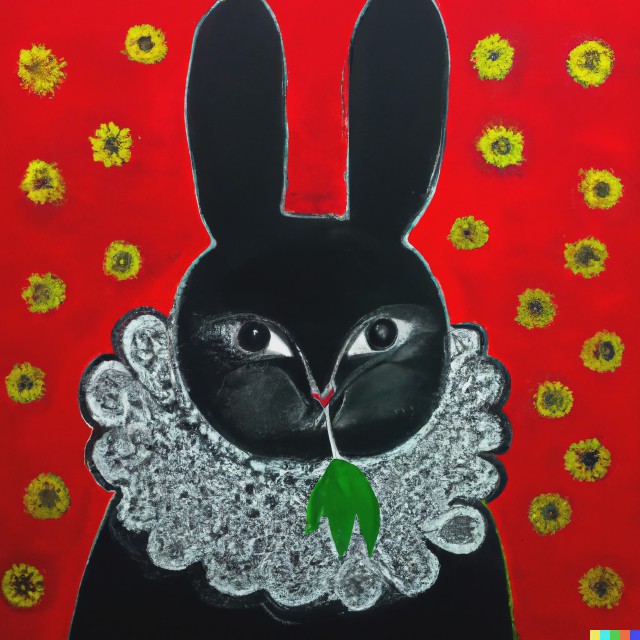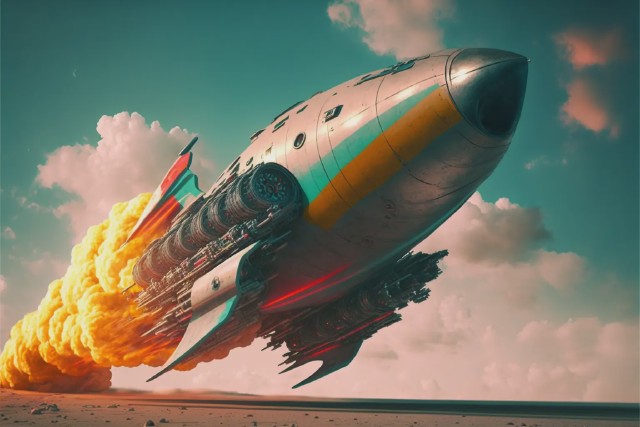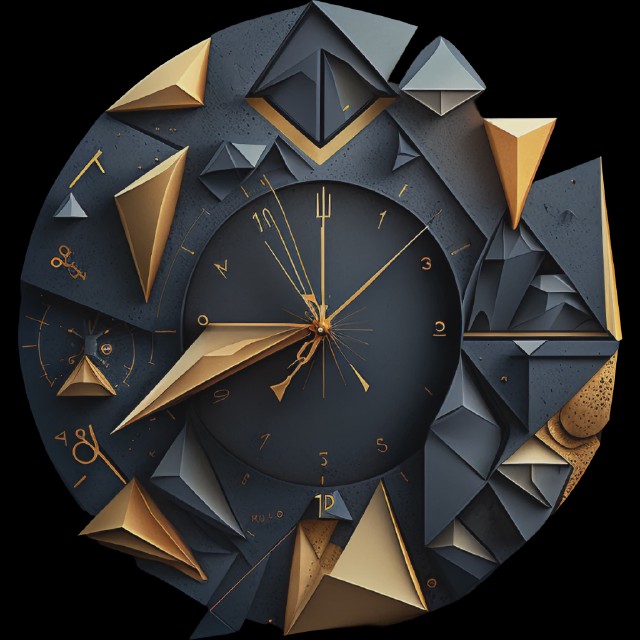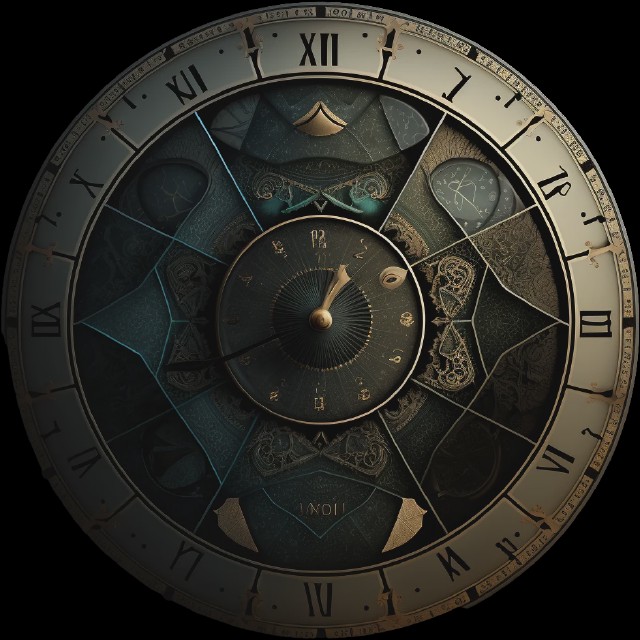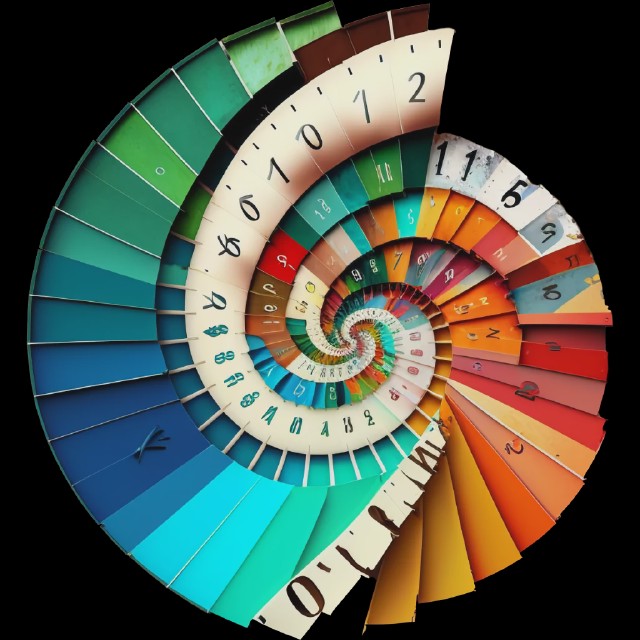I’m not a patient person – in fact, I consider my sense of urgency to be a superpower. So once I made the decision to move ahead on the launch of Crafty CTO, I wanted to get on with it. Even for the impatient, though, there’s a minimum quality bar to hit if you want a credible business footprint. At a minimum, I think:
- A name that works
- A decent logo and some basic brand concept
- Good words and imagery, for the core business website as well as the blog
Not so difficult … But I was getting bogged down, partly because this list was in addition to everything else, and partly because these were all “hard to get started on” work and often far outside my comfort and competency zone. I’m here to report that AI ack made a big contribution to getting me unstuck, moving, and launched, with what feels like enough quality to be credible. Time will tell.
AI for words and art
It’s ironic that my friend and past business partner John Berry was first to get in deep with the “word AI,” while I got there first on the “art AI.” Or perhaps it’s not ironic, but rather based on weakness. John is (among an unfairly long list of other things) a skilled UX designer and great with visuals; I am skilled with words.
I started out skeptical of ChatGPT, the “word AI,” and its Large Language Model (LLM) brethren. ChatGPT seemed like yet another in a long line of amusing tech novelties dating back to the Sound Blaster talking parrot. My attitude was, “there’s no way something like this can help someone like me.” Perhaps John had the same skepticism towards art models.
Anyway, John got there first on ChatGPT – “there” meaning he realized this wasn’t just a toy, it was the beginning of a sea change. He was kind enough to enlighten me; we had a conversation along the lines of:
Let me show you a few things here.
Are you getting the implications?
You’re not thinking big enough.
I came away from that conversation with my mind blown. I immediately had ChatGPT outline Crafty’s website, and then had it write the content. In the end, almost everything ChatGPT wrote got edited away, but the process unblocked that part of my progress, answering the questions “what kind of things should be on a website about a company that does what Crafty CTO does” and “what might that content look like” …
Artless
Meanwhile, I was already passing familiar with art models; my first OpenAI account wasn’t for ChatGPT, but rather for art generator DALL-E 2. It was a lot of fun – I never had any artistic talent, but with DALL-E I could create pretty nice imagery. With words!
Then came the decision to launch Crafty CTO and suddenly I had a burning need for art, starting with a logo. Could an art model produce an acceptably good logo? It turned out to be a perfect starting place for the serious application of “art AI.” Here I got out ahead of Mr. Berry, at least temporarily – with his skills he’ll pass me soon, maybe already has. But I think some of my creations, at least, surprised him.
The logo challenge
Everyone has a different mix of gifts. Personally, besides an affinity for technology, I am gifted when it comes to words and writing – my father was an English major and that certainly had both nature and nurture impact. Strangely, though, I’m also strongly visual – I love visual tools like mind maps and Miro boards. It’s just that I’m completely talentless at the actual creation of art. In middle school, my only artistic win was an abstract soap carving – “abstract” being my way of getting out of carving something recognizable.
So creating a decent logo on my own was inconceivable. What I learned, through necessity and trying, is that art generation models grant me a skill I’ve never had – the ability to create art. Using a tool like Midjourney, my gifts as a writer and conceptual thinker transform directly into artistic expression. I am not an artist, yet I created every image in this post.
I believe that the logo effort was successful. Here are the winner and runner up for Crafty CTO’s logo:
Midjourney
I’m far from an expert, but I have worked quite a bit with with DALL-E 2, the local macOS app DiffusionBee, and Midjourney. My take on Midjourney:
Art generation tuned to deliver the incredibly gorgeous
Midjourney has become my go-to and I used it for most of what you see. It blows my mind. My writing skills enable me to create amazing, gorgeous artwork. If I can conceive it and describe it, I can create it.
There’s still work to do once the model has delivered – a few minutes, usually, of post-edits like masking for transparency and resizing – I’ve gotten fairly proficient with Pixelmator Pro on the Mac, a great app that itself leverages machine learning in several tools such as Super Resolution.
The art of writing prompts
I mentioned writing and conceptual skills above, but there’s a bit more to it. To be a good “AI driver” you need:
- The ability to write good AI prompts, which is a combination of knowing what words trigger what behavior in a particular AI, and knowledge of the AI’s parameters and what they do
- The imagination to iterate your prompts when you get stuck in a rut of bad outputs
- Learn by trial and error what imagery works in what situations
- Iterate – iterate – iterate!!
This is a real set of skills that need to be developed, and I’m still a newbie – there is incredible depth especially around prompt writing. Fortunately lots of sites are popping up with guidance and examples for each AI.
On the iterate point, here’s a small slice of my Midjourney homepage:
Here are more examples with prompts.
Heavy lifting, cognitive load, and unblocking
For me, both Word AIs and Art AIs serve to unblock my progress. Since Midjourney or ChatGPT do most of the heavy lifting, my cognitive load is lightened and I retain the mental reserves needed to do the difficult – start something new, finish something, or work outside my comfort zone.
I’m finding that when writing in my blog, I can now create imagery on the fly without bogging down the process. This “launch” image for my post about launching Crafty’s blog took me all of 10 minutes, from first keystroke to production-ready. (Firefly fans: definitely a reaver ship, right?)
Bottom line – AIs accelerated Crafty CTO’s launch
The combination of Midjourney and ChatGPT enabled me (alone!) to launch Crafty’s digital footprint in about half the time (who knows, really, how long I might have stayed bogged down?) and with a degree of quality I would likely not have achieved otherwise, at least not without a lot more time and money.
Highly recommended.
